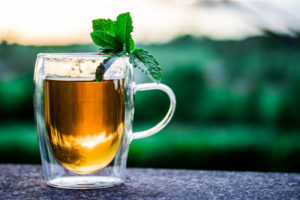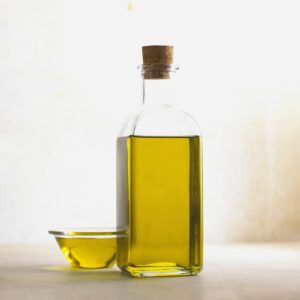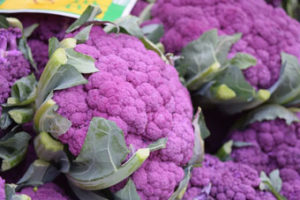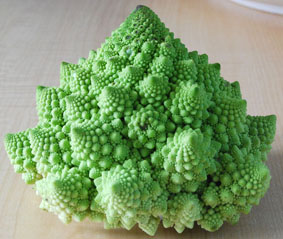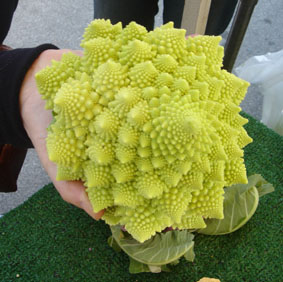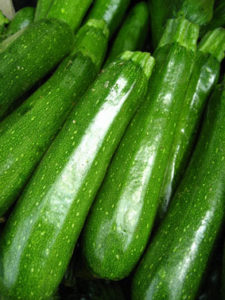 Hay Fever and Histamine
Hay Fever and Histamine
Hay fever is known to medical professionals as “allergic rhinitis”. Despite its name, it’s not really caused by hay. The term was invented in the 1800s when people believed the symptoms were cause by the smell of hay that had been freshly cut.
Hay fever is caused by the body’s allergic response to allergens such as pollen, dust mites, fungus spores, animal dander or industrial pollutants. These allergens can float, unseen, through the air indoors or outdoors. When you breathe air that contains these particles, your nose, eyes, throat and sinuses can become swollen, irritated and inflamed. Hay fever symptoms can include sneezing, a runny, itchy nose, and watery, itchy eyes.
Allergens such as those mentioned above don’t affect most people. They can breathe pollen, mites, mold spores etc. without experiencing any reaction. People with histamine intolerance (HIT) however, do react. And the reaction can make life a misery for them. Their immune systems kick into overdrive and release a surge of biochemicals, including histamine. One aspect of histamine’s job is to produce inflammation and swelling. Many people resort to swallowing antihistamine pills or using antihistamine nasal sprays to subdue their symptoms. These can be helpful in the short term but over the long term they can have a rebound effect. Besides, who wants to be dependent on pills and drugs? It’s far better for your health to address histamine intolerance through diet
Hay fever can be sorted into two groups:
- Seasonal Hay fever. This is triggered by seasonally-occurring factors outside the home, such as plant pollen and fungal/mold spores. Such allergens are most likely to be wafting about in the air during spring, summer and the first weeks of fall.
- Perennial Hay fever. This can occur all year round because it’s triggered by allergens that hang about all year long, especially inside your home. They can include dust mites, mold and pet dander.
How to reduce potential allergens.
- Seasonal Hay fever. When you’re at home, keep your doors and windows closed to prevent allergens from blowing in. Remain indoors during times when the pollen count is high. In some countries, local governments post pollen forecasts on the internet. Install filtered air-conditioning in your home and car. Avoid using fans or vents that suck air into your home from outdoors.
- Perennial Hay fever. To reduce dust mites, air your bedding and vacuum your carpets. You might consider replacing carpets with polished floorboards and mats that are easily cleaned. To reduce mold, check your bathroom and kitchen, and anywhere else moisture could encourage mold’s growth. Use specialized mold cleaners. To reduce the effects of pet dander, brush your pets outdoors while wearing a face mask, and bathe them weekly. Make sure your air-con system has good quality filters installed.
The Strictly Low Histamine Diet.
Most importantly, reduce your body’s histamine “bucket level” by following a strictly low histamine diet. It’s not a lifelong diet, and it can be followed until your histamine levels are low enough to make your symptoms disappear without drugs.






